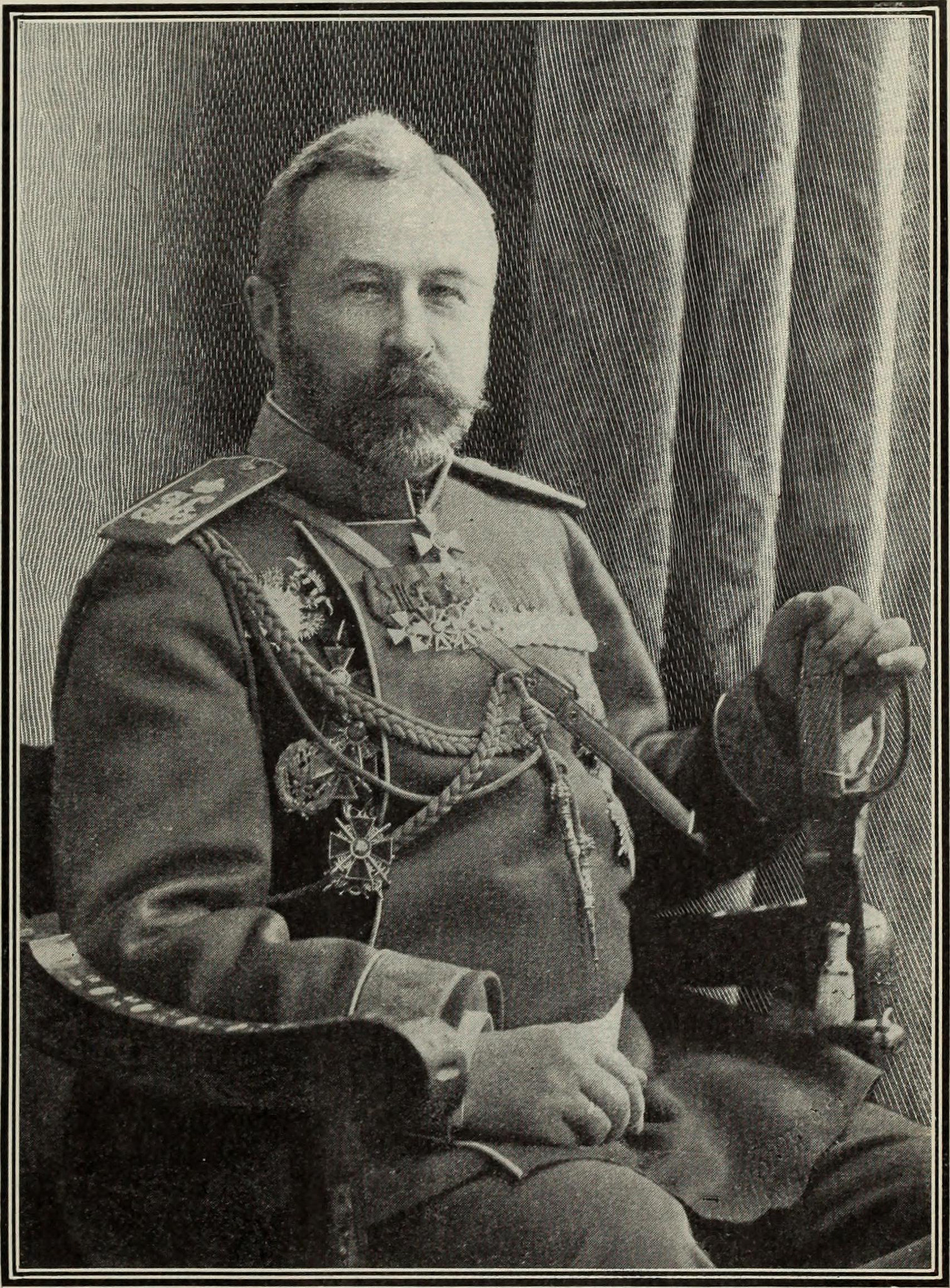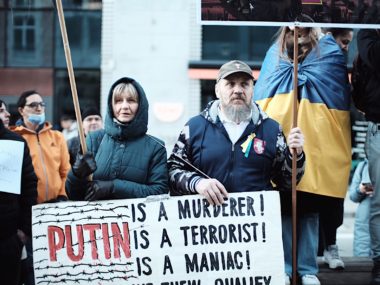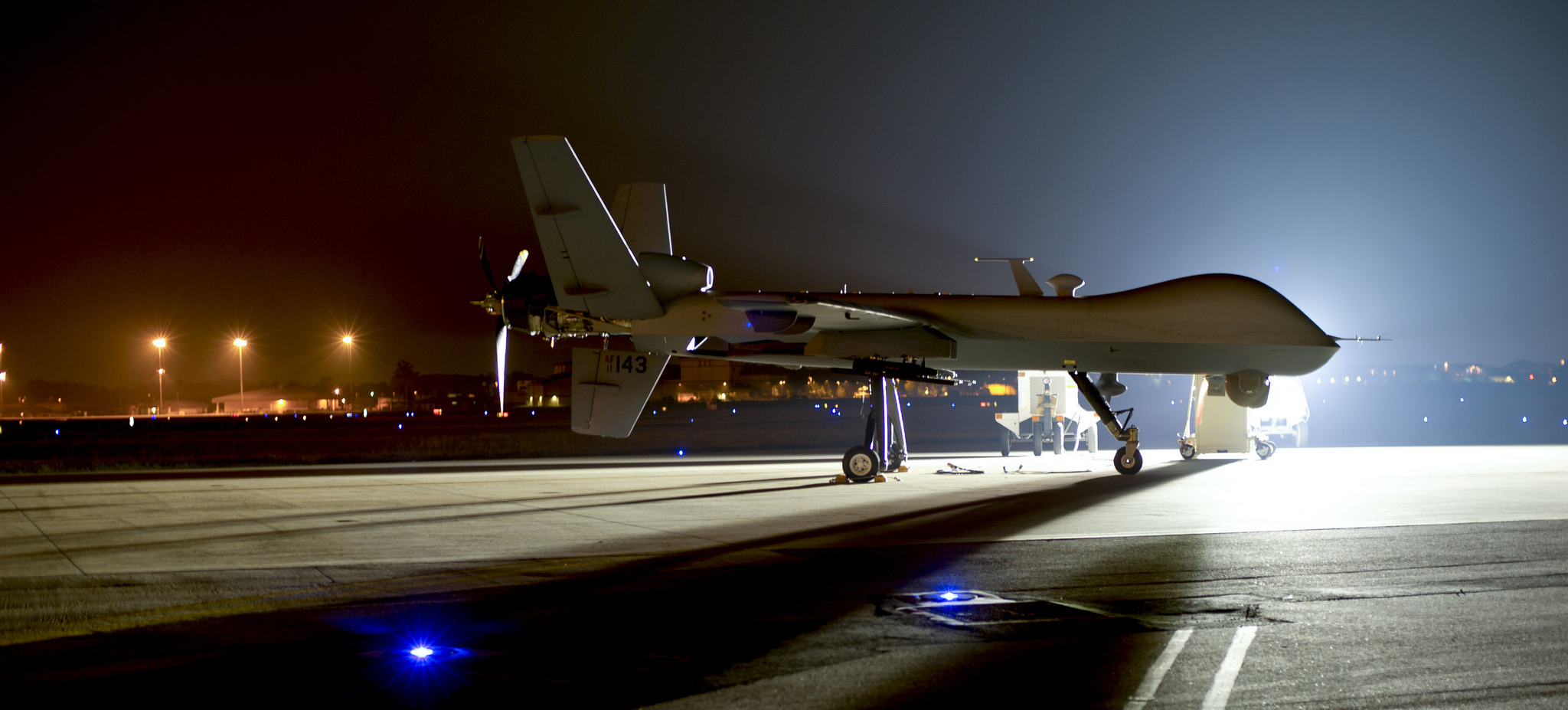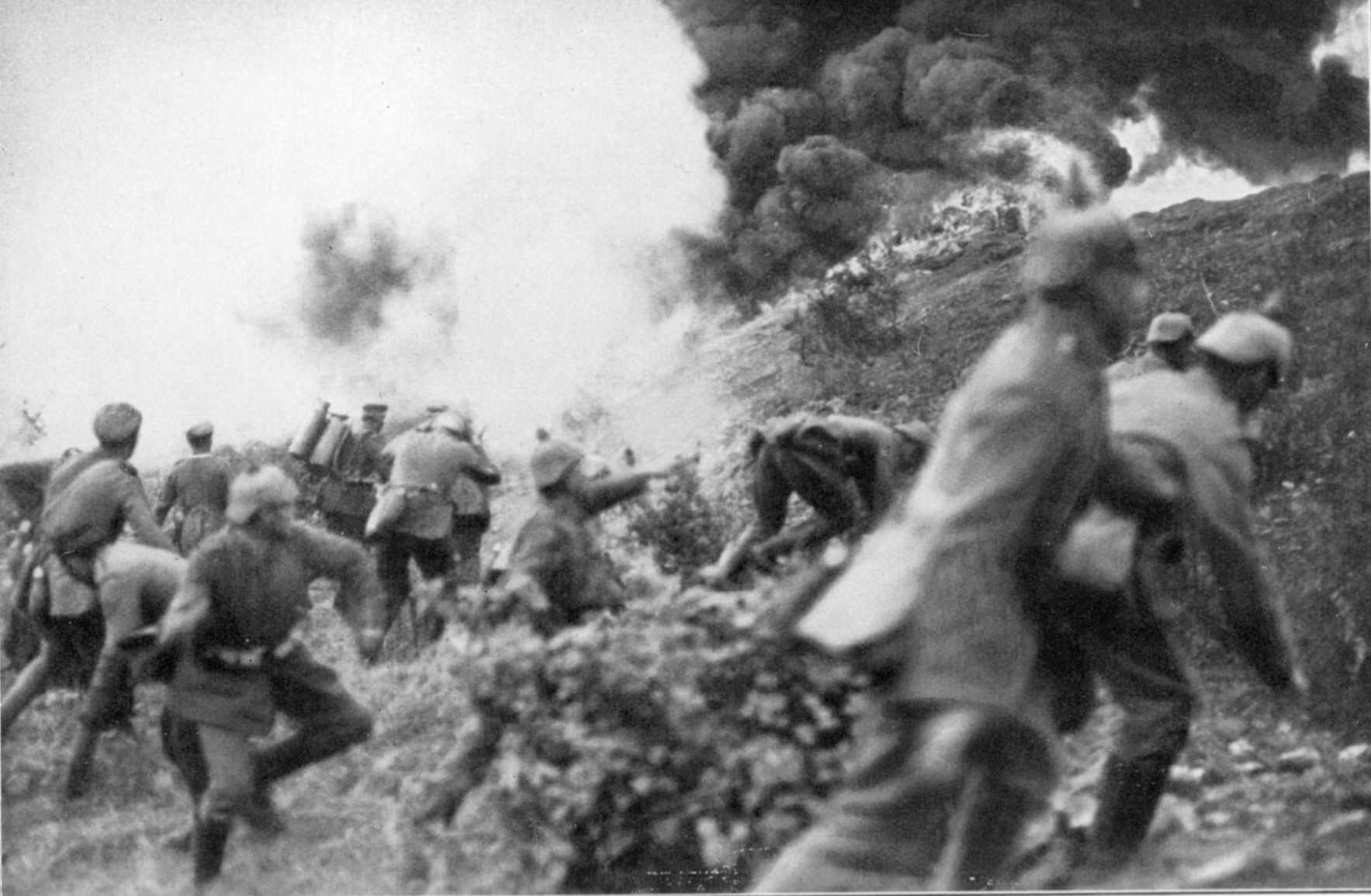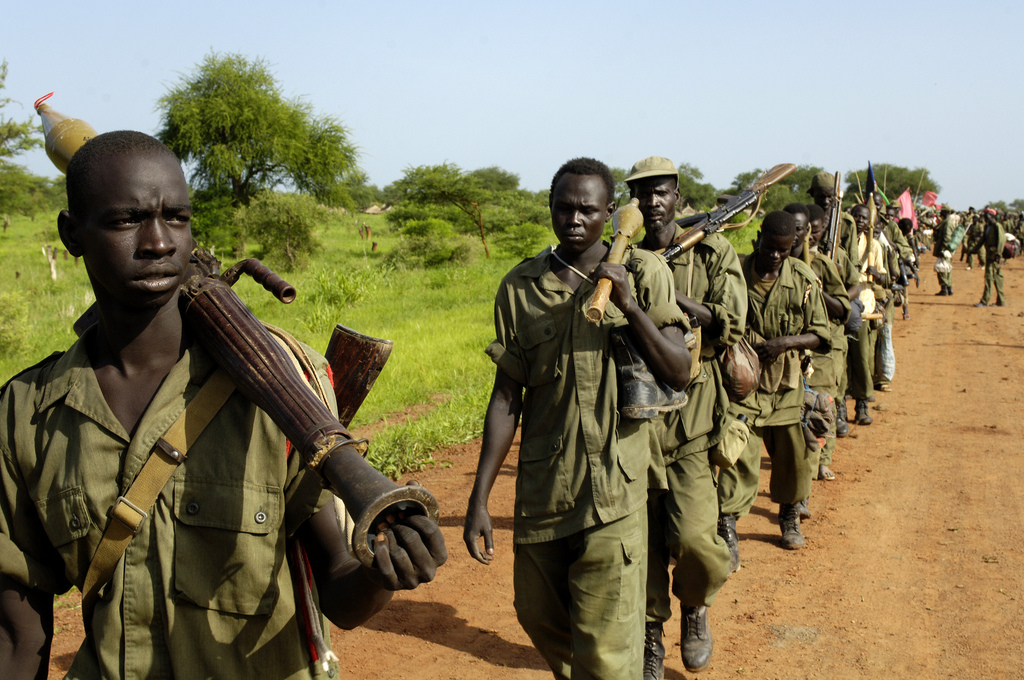By Ryan Grauer for Denver Dialogues.
With the inauguration of Donald Trump, the United States began the same kind of reevaluation of military priorities and strategies that accompany all transitions of power. Crucial in such appraisals is updating assessments of the military power – and therefore threat – posed by a variety of states around the world. My research suggests that a factor rarely considered in estimates of military power – armed forces’ command and control systems – needs to be front and center in the minds of analysts.
To understand why command and control systems, or command structures, are so important to estimates of military power, it is helpful to turn back the clock to a very old conflict. In the late summer of 1904, Japanese and Russian forces fought a major battle outside the Manchurian town of Liaoyang and, to the shock and surprise of both observers and combatants, the Japanese won. This occurred despite the fact that the Japanese fielded fewer men and weapons, attacked well-prepared defensive positions with unimaginative tactics, and enjoyed no clear advantage in soldier quality or skill. The Japanese won because they could better discern what was happening on the battlefield and, as a consequence, use their men and materiel more efficiently and effectively than could the Russians.
Clausewitz famously argued that uncertainty – the fog of war – distorts commanders’ perceptions of the battlefield and undermines armies’ efforts to fight well. It follows that, to fight well and generate high levels of military power, armed forces must mitigate the fog of war such that commanders can understand what is happening on the battlefield and units in the field can respond quickly and appropriately to new situations.
Scholars have suggested exceptional leaders, high-quality troops, and even sophisticated communications systems can overcome the fog of war, but each of these analyses provides only a partial answer. A more complete explanation for why some armed forces are better able to cope with uncertainty can be derived from insights of organization theorists. On the question of organizational performance, these scholars make three points of relevance for students of military power.
First, uncertainty is a prime inhibitor of effective performance for all organizations, not just militaries. Second, organizations inevitably face more and more uncertainty as they grow in size and technological sophistication, and as they operate in increasingly complex and dynamic environments. And third, to combat these rising levels of uncertainty – and improve their performance – organizations should make at least two important structural alterations: reduce the number of subordinates any given manager oversees and push decision-making authority to actors at low levels in the hierarchy.
Making these structural adjustments helps organizations perform better in a few ways. When managers oversee fewer subordinates, it is easier for them to understand the environments, capabilities, and options of each. They can therefore provide more timely and appropriate direction as matters arise during the course of operations. In addition, when lower-level actors close to the action are empowered to make decisions about the use of resources under their control, organizations respond more quickly and appropriately to changing circumstances. Finally, when lower-level actors are given decision-making authority, the number of decisions higher-level managers must make – and the amount of information that must be communicated to them to help them make those decisions – decreases. It is accordingly more likely that they will be able to quickly make context-appropriate choices about the best uses of men and materiel.
These findings from organization theory suggest that, as armed forces grow in size, adopt more complex tactics and weaponry, and fight in increasingly dynamic battlefield settings, they should reduce the number of subordinates each of their officers command and decentralize decision-making authority. To the extent they do so, commanders and units in the field should be better suited to understand and respond to the constantly changing combat situation and use their resources in more effective ways. They should also be more likely to win.
This understanding of military power helps make sense of the otherwise inexplicable Japanese victory over the Russians at Liaoyang. Japanese officers each controlled three or fewer subordinates throughout the chain of command and low-level officers were empowered to make a wide array of decisions about how to attack their foes. By contrast, General Alexei Kuropatkin, the Russian commander at Liaoyang, formally oversaw eight subordinates and often circumvented the chain of command to issue direct orders to low-level commanders on the front line. Kuropatkin also concentrated decision-making authority in his own hands, going so far at one point as to personally direct the repositioning of a half-battery of artillery.
Unsurprisingly, when battle ensued, Japanese forces better managed the fog of war. Repeatedly, Japanese officers in the field identified Russian weaknesses and ordered maneuvers to which their counterparts, without authorization from Kuropatkin, could not respond effectively. This dynamic continued up through the final decision of the battle, when Kuropatkin, attempting to personally track all activity on the battlefield, came to fundamentally misunderstand the actual strength of his forces and ordered a withdrawal from the Liaoyang position.
The Japanese victory was significant in the context of the Russo-Japanese War and international history more generally. The Russian defeat played no small part in the 1905 revolution and inspired Britain and France to tighten alliance relations in order to hem in an increasingly powerful Germany. Japan, for its part, had its appetite for martial conquest piqued and increasingly empowered its armed forces to act aggressively on the global stage.
In sum, existing theories of military power often miss a crucial component of military strength, namely their command structures. Elsewhere, I show that Liaoyang is far from an isolated occurrence; belligerents’ information management capabilities affected their martial strength in conflicts as varied as the Mongol conquests, World War II, the Chinese Civil War, the Korean War, and the 2003 Iraq War. Scholars of military power – and of international relations more generally – would do well to heed the insights of Clausewitz and think carefully about how actors’ abilities to cope with uncertainty influence not only battlefield outcomes, but also the myriad political phenomena that follow. Analysts within the Trump administration would also do well to heed these lessons.
Ryan Grauer is an Assistant Professor of International Affairs in the Graduate School of Public and International Affairs at the University of Pittsburgh. This post is based on Dr. Grauer’s recent publication in the Journal of Global Security Studies, titled Uncertain Victory: Information Management and Military Power.

